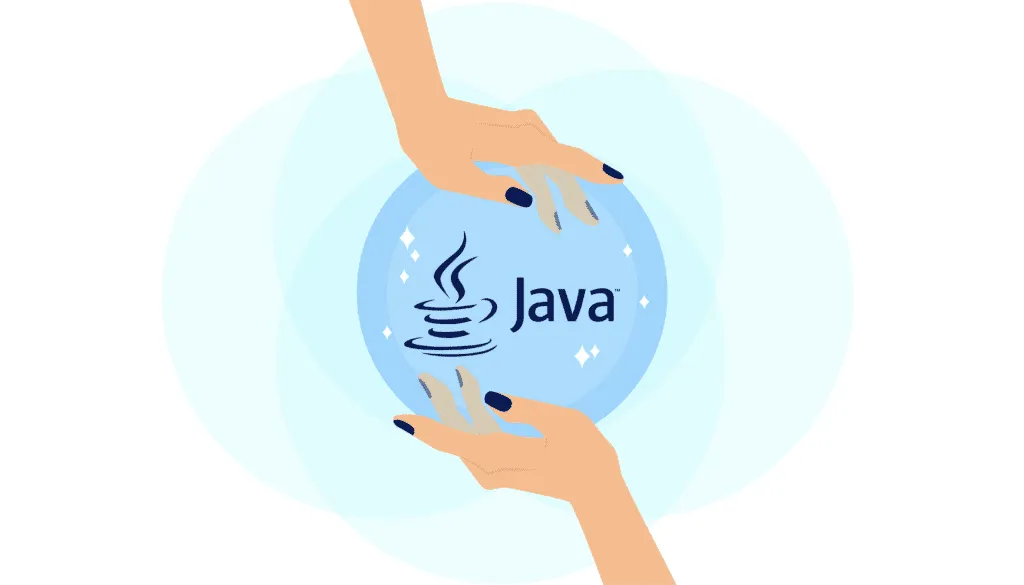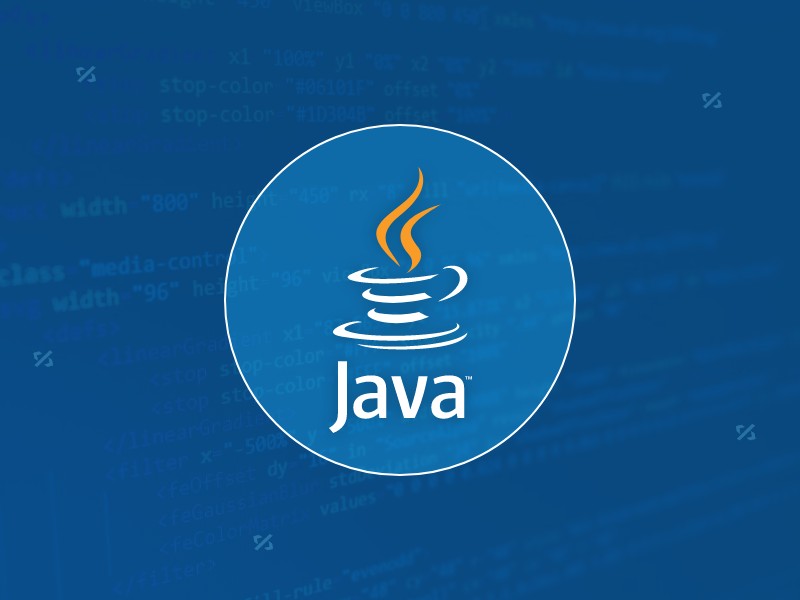The key to handling Java exceptions is reasonable response rather than simple capture. First, do not ignore exceptions silently, at least print logs or retow; second, distinguish between recoverable and unrecoverable exceptions. The former uses checked exceptions, and the latter uses unchecked exceptions; third, avoid excessive use of try-catch, and problems that can be prevented should be checked in advance; finally, properly encapsulate custom exceptions to improve maintainability and context clarity.

When dealing with Java exceptions, many people know how to try-catch, but not many people really use the exception mechanism well. The key is not to catch the exception, but how to respond reasonably.

Don't swallow the abnormalities easily
Sometimes in order to prevent the program from crashing, we will write an empty catch block, such as:

try {
// Possible error code} catch (Exception e) {}This seems safe, but in fact it makes the problem "disappear". You won't know what's wrong, and you can't start debugging. At least the log should be printed, or more explicit information should be thrown.
suggestion:

- Never ignore exceptions silently.
- Use
e.printStackTrace()or log framework to record information (such as log4j, slf4j). - If it does not really require processing, it can be re-throwed or wrapped into a runtime exception.
Distinguish between recoverable and unrecoverable exceptions
Java has checked exception and unchecked exception. Simply put, the former is something you have to deal with (such as IOException), and the latter is a problem that is exposed only at runtime (such as NullPointerException).
Many people abuse checked exception, resulting in bloated code. In fact, it should be judged based on the scene:
- Recoverable exceptions (such as network timeout): Use checked exception, the caller needs to handle it explicitly.
- Unrecoverable exceptions (such as parameter errors): It is more appropriate to use unchecked exception to avoid forced processing.
Example: If you write a tool method that receives string parameters but passes in null, it is reasonable to throw IllegalArgumentException .
Don't overuse try-catch
Sometimes you will see code like this:
try {
int result = a / b;
} catch (ArithmeticException e) {
// Handle zero-deletion error}In fact, in this case, it is possible to check whether b is 0 in advance, rather than relying on the exception mechanism. Exception handling is not a replacement for process control.
Common misunderstandings:
- Use exceptions to control logical flow (such as reading a file to throw exceptions to the end)
- Frequent try-catch in loops affects performance
suggestion:
- Prevent problems that can be prevented as much as possible.
- It is truly used for "unexpected situations", such as IO errors, database connection failures, etc.
Properly encapsulate and customize exceptions
After the project becomes large, throwing the underlying exception (such as SQLException) will be difficult for the caller to understand. At this time, you can consider encapsulating a layer of your own exception class.
For example, you can define:
public class DataAccessException extends RuntimeException {
public DataAccessException(String message, Throwable cause) {
super(message, cause);
}
}Then, the exception type is uniformly converted in the DAO layer.
benefit:
- Isolate the underlying implementation details
- Unify the exception system to facilitate upper-level processing
- Business-related context information can be added
Basically that's it. Exception handling seems simple, but it is not easy to do it correctly and finely.
The above is the detailed content of Effective Java Exception Handling Techniques. For more information, please follow other related articles on the PHP Chinese website!

Hot AI Tools

Undress AI Tool
Undress images for free

Undresser.AI Undress
AI-powered app for creating realistic nude photos

AI Clothes Remover
Online AI tool for removing clothes from photos.

Clothoff.io
AI clothes remover

Video Face Swap
Swap faces in any video effortlessly with our completely free AI face swap tool!

Hot Article

Hot Tools

Notepad++7.3.1
Easy-to-use and free code editor

SublimeText3 Chinese version
Chinese version, very easy to use

Zend Studio 13.0.1
Powerful PHP integrated development environment

Dreamweaver CS6
Visual web development tools

SublimeText3 Mac version
God-level code editing software (SublimeText3)

Hot Topics
 Difference between HashMap and Hashtable?
Jun 24, 2025 pm 09:41 PM
Difference between HashMap and Hashtable?
Jun 24, 2025 pm 09:41 PM
The difference between HashMap and Hashtable is mainly reflected in thread safety, null value support and performance. 1. In terms of thread safety, Hashtable is thread-safe, and its methods are mostly synchronous methods, while HashMap does not perform synchronization processing, which is not thread-safe; 2. In terms of null value support, HashMap allows one null key and multiple null values, while Hashtable does not allow null keys or values, otherwise a NullPointerException will be thrown; 3. In terms of performance, HashMap is more efficient because there is no synchronization mechanism, and Hashtable has a low locking performance for each operation. It is recommended to use ConcurrentHashMap instead.
 What are static methods in interfaces?
Jun 24, 2025 pm 10:57 PM
What are static methods in interfaces?
Jun 24, 2025 pm 10:57 PM
StaticmethodsininterfaceswereintroducedinJava8toallowutilityfunctionswithintheinterfaceitself.BeforeJava8,suchfunctionsrequiredseparatehelperclasses,leadingtodisorganizedcode.Now,staticmethodsprovidethreekeybenefits:1)theyenableutilitymethodsdirectly
 How does JIT compiler optimize code?
Jun 24, 2025 pm 10:45 PM
How does JIT compiler optimize code?
Jun 24, 2025 pm 10:45 PM
The JIT compiler optimizes code through four methods: method inline, hot spot detection and compilation, type speculation and devirtualization, and redundant operation elimination. 1. Method inline reduces call overhead and inserts frequently called small methods directly into the call; 2. Hot spot detection and high-frequency code execution and centrally optimize it to save resources; 3. Type speculation collects runtime type information to achieve devirtualization calls, improving efficiency; 4. Redundant operations eliminate useless calculations and inspections based on operational data deletion, enhancing performance.
 What is an instance initializer block?
Jun 25, 2025 pm 12:21 PM
What is an instance initializer block?
Jun 25, 2025 pm 12:21 PM
Instance initialization blocks are used in Java to run initialization logic when creating objects, which are executed before the constructor. It is suitable for scenarios where multiple constructors share initialization code, complex field initialization, or anonymous class initialization scenarios. Unlike static initialization blocks, it is executed every time it is instantiated, while static initialization blocks only run once when the class is loaded.
 What is the Factory pattern?
Jun 24, 2025 pm 11:29 PM
What is the Factory pattern?
Jun 24, 2025 pm 11:29 PM
Factory mode is used to encapsulate object creation logic, making the code more flexible, easy to maintain, and loosely coupled. The core answer is: by centrally managing object creation logic, hiding implementation details, and supporting the creation of multiple related objects. The specific description is as follows: the factory mode handes object creation to a special factory class or method for processing, avoiding the use of newClass() directly; it is suitable for scenarios where multiple types of related objects are created, creation logic may change, and implementation details need to be hidden; for example, in the payment processor, Stripe, PayPal and other instances are created through factories; its implementation includes the object returned by the factory class based on input parameters, and all objects realize a common interface; common variants include simple factories, factory methods and abstract factories, which are suitable for different complexities.
 What is the `final` keyword for variables?
Jun 24, 2025 pm 07:29 PM
What is the `final` keyword for variables?
Jun 24, 2025 pm 07:29 PM
InJava,thefinalkeywordpreventsavariable’svaluefrombeingchangedafterassignment,butitsbehaviordiffersforprimitivesandobjectreferences.Forprimitivevariables,finalmakesthevalueconstant,asinfinalintMAX_SPEED=100;wherereassignmentcausesanerror.Forobjectref
 What is synchronization?
Jun 24, 2025 pm 08:21 PM
What is synchronization?
Jun 24, 2025 pm 08:21 PM
Synchronizationistheprocessofcoordinatingtwoormorethingstostayaligned,whetherdigitalorphysical.Intechnology,itensuresdataconsistencyacrossdevicesthroughcloudserviceslikeGoogleDriveandiCloud,keepingcontacts,calendarevents,andbookmarksupdated.Outsidete
 What is type casting?
Jun 24, 2025 pm 11:09 PM
What is type casting?
Jun 24, 2025 pm 11:09 PM
There are two types of conversion: implicit and explicit. 1. Implicit conversion occurs automatically, such as converting int to double; 2. Explicit conversion requires manual operation, such as using (int)myDouble. A case where type conversion is required includes processing user input, mathematical operations, or passing different types of values ??between functions. Issues that need to be noted are: turning floating-point numbers into integers will truncate the fractional part, turning large types into small types may lead to data loss, and some languages ??do not allow direct conversion of specific types. A proper understanding of language conversion rules helps avoid errors.






